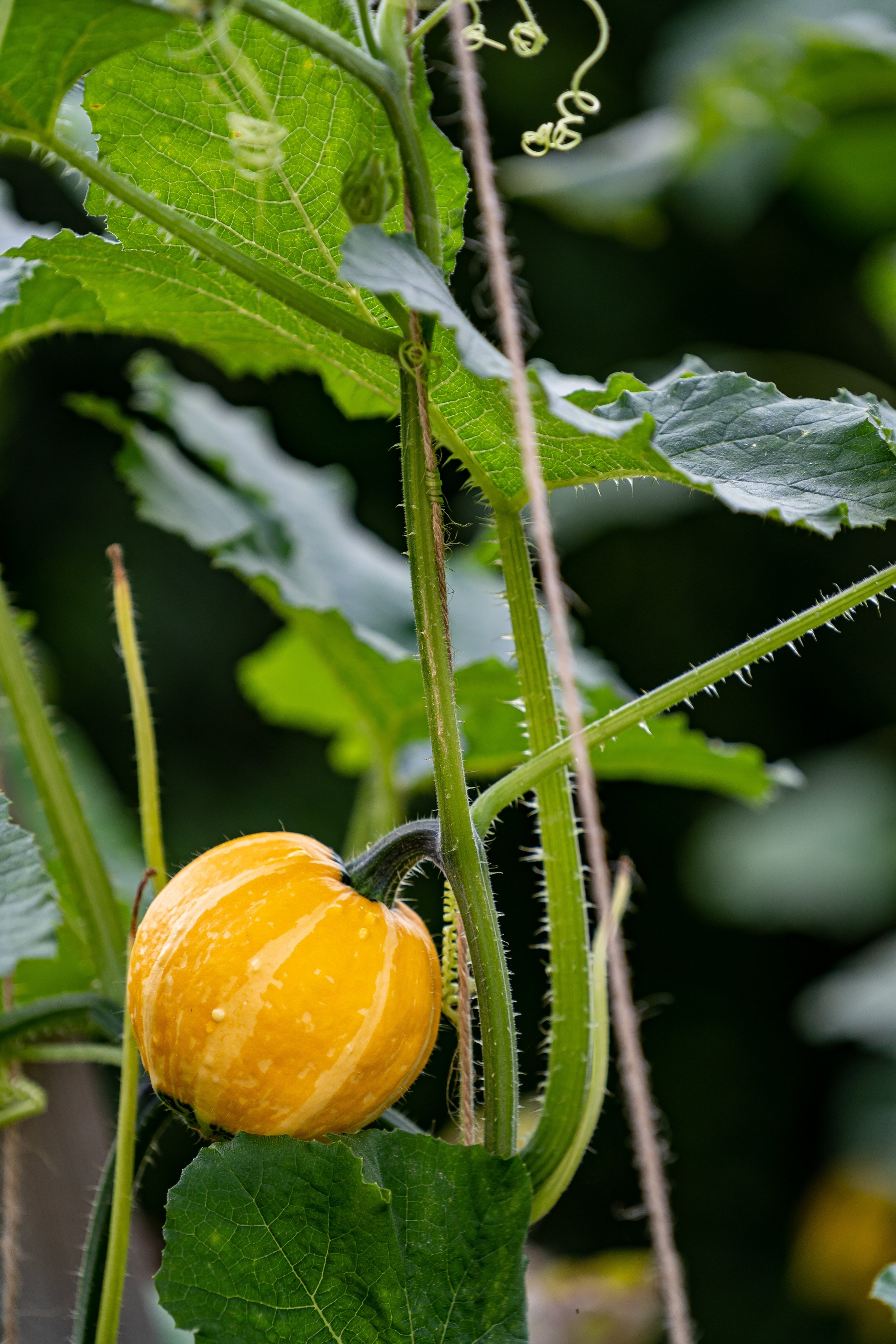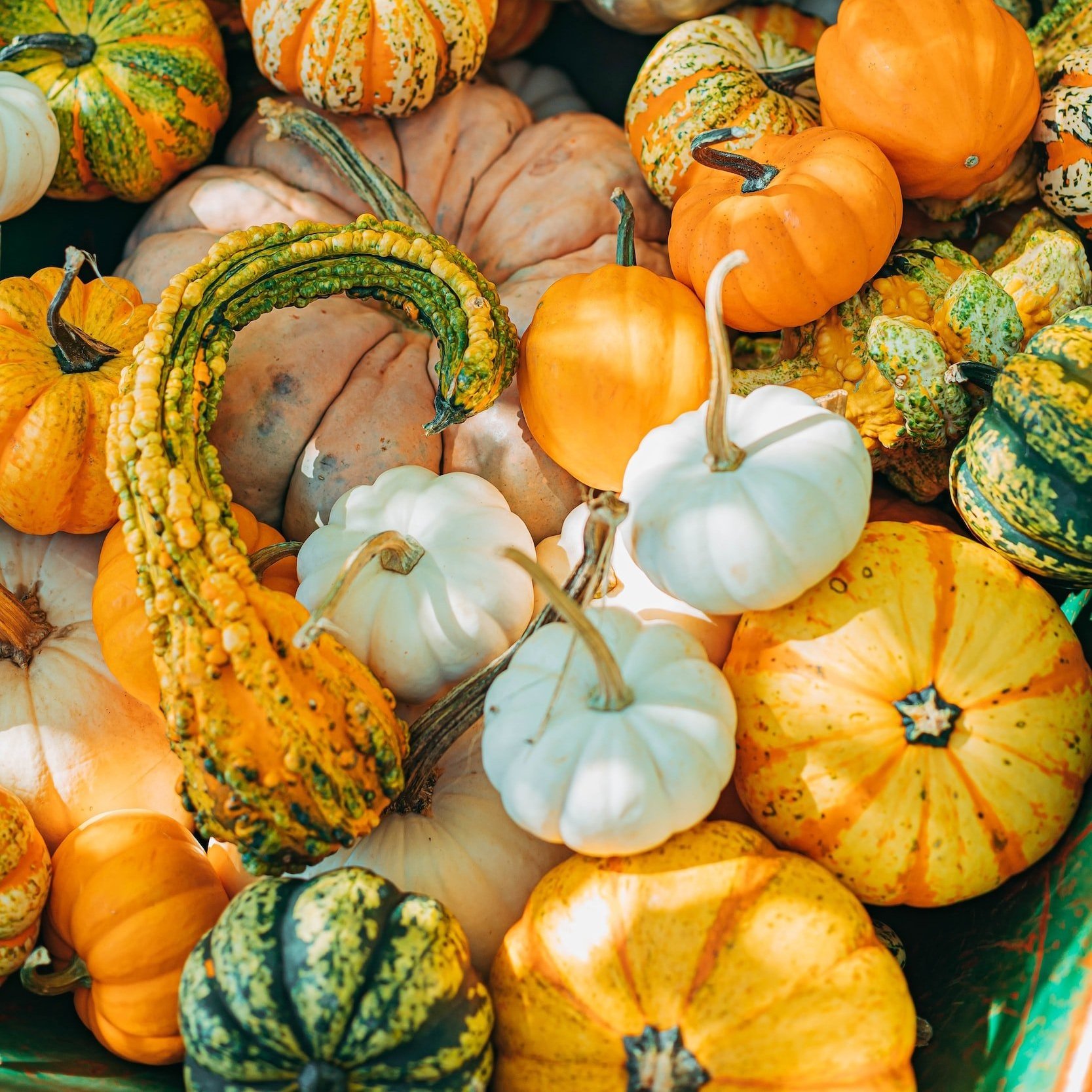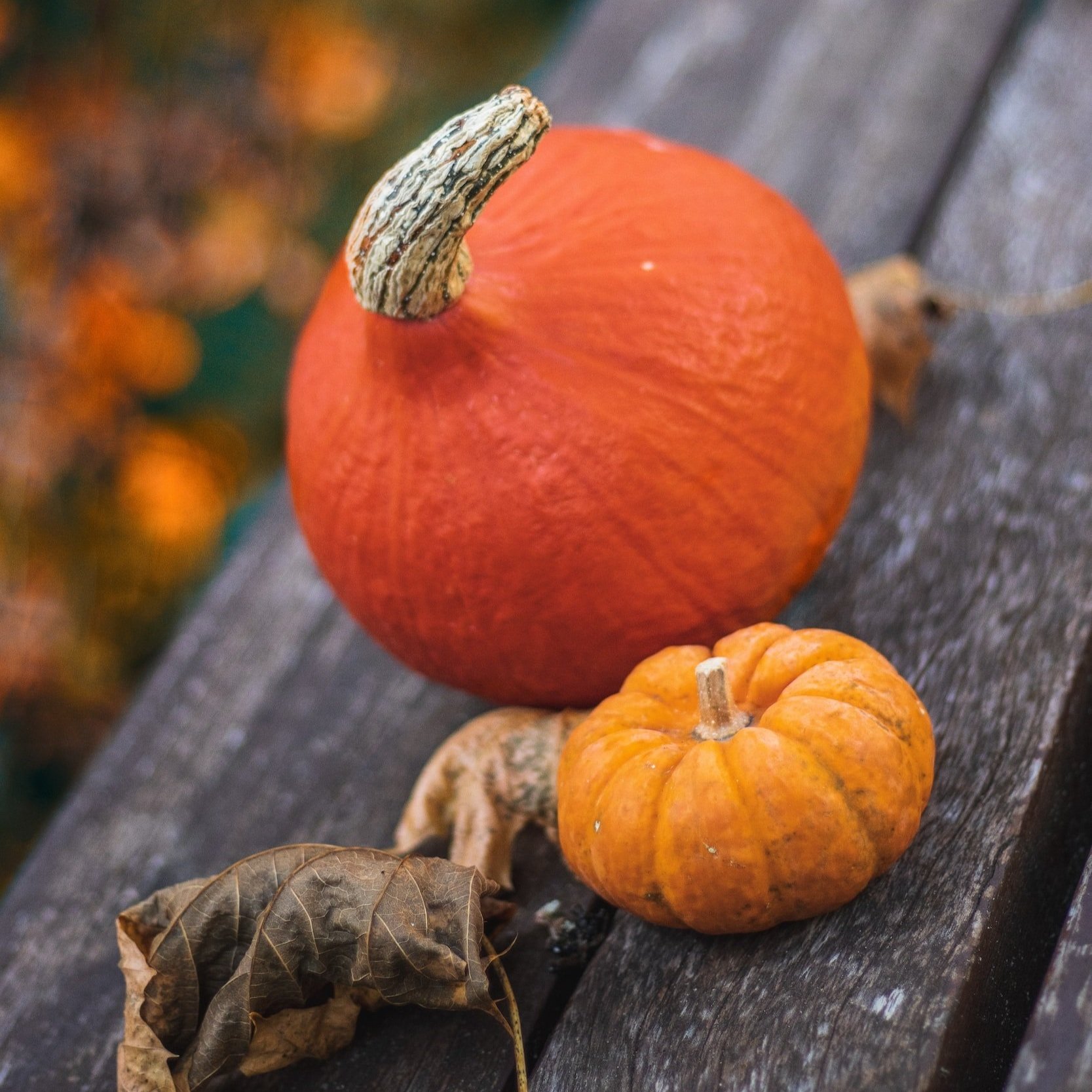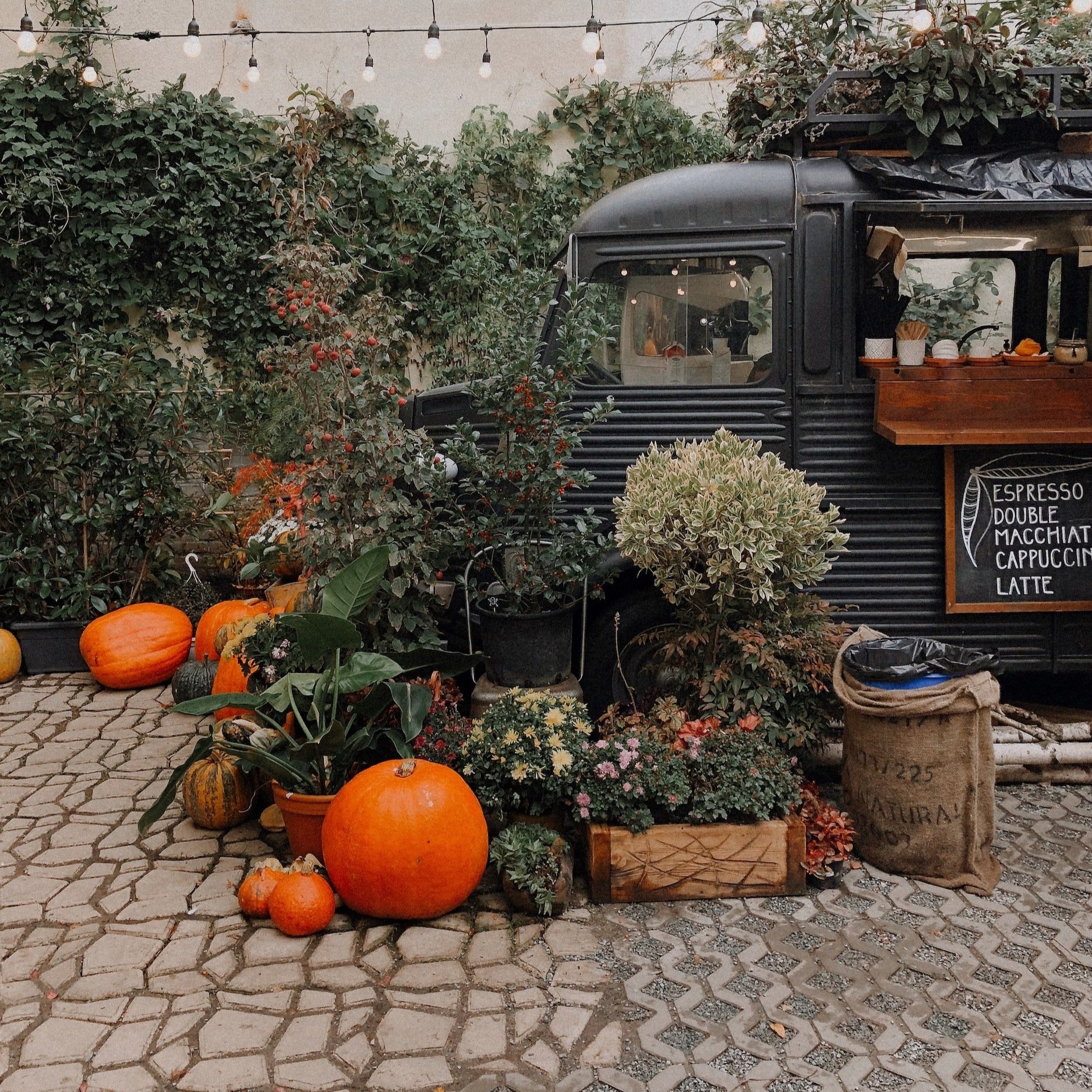Pumpkin Leaf Uses: Our Guide to Making the Most of Pumpkins This Fall
W&S Staff
SHARE ON:
(*Please Click Here To Read DISCLAIMERS*)
With Summer coming to an end, we know it’s time for us to begin cracking on with having pumpkins literally everywhere. What you probably didn’t realize is that pumpkins aren’t just seasonal foods outside the West and are actually considered a heritage food throughout West Africa and South Asia.
As the cultures associated with these regions are known for their regenerative no-waste approach to food, they’ve developed plenty of recipes using every part of the pumpkin: including the pumpkin leaf.
Yes, that’s right. Pumpkin leaf is an edible, underused ingredient that often gets unnecessarily thrown out. Read to learn about how you can crack down on your food waste by making the most of your leftover pumpkin leaves this fall!
What Does Pumpkin Leaf Look Like?
The pumpkin leaf comprises large, deep lobes at the tip of a pumpkin’s sprouted stem. They have what are called “serrated edges” containing fine and glass-like prickles.
Pumpkin leaves can vary in color across pumpkin varieties and have been found to be yellow, light green or gray-green. Some leaves might even have a spotted or mottled appearance.
Why It’s Important To Start Using Pumpkin Leaf
Pumpkins are a holiday season favorite but are also one of the most wasted vegetables in the US and UK. According to the environmental NGO Hubbub, a whopping 14.5 million entire pumpkins are completely wasted each year in the UK. These numbers pale in comparison in the US, however, where it’s reported that 900,00 tons of pumpkins end up in landfills annually!
What’s more, this data only accounts for the waste of whole pumpkins. It doesn’t account for pumpkin particles or parts of pumpkins, like pumpkin leaf and pumpkin seeds, that are regularly thrown away by consumers.
In a shift to a more sustainable future in line with conscious living, we need to get serious about household food waste. Starting to reconceptualize our relationships with common seasonal foods and how we use them is one way we can begin to do that.
Nutritional Benefits of Pumpkin Leaf
Pumpkins aren’t just for carving ghoulish faces in the spirit of Halloween. They are one of the few vegetables whose entire plant (sans the stalk) is edible, meaning it can provide a range of other health and nutritional benefits.
In regards to pumpkin leaves, each is low in calories and high in essential nutrients. They are a great source of soluble fiber, which helps reduce your risk of heart disorder. Another benefit of pumpkin leaves’ high fiber content is that it helps regulate and ease bowel movements.
The plant also has a high Vitamin B6 content that makes it great for boosting your central nervous system and metabolism. These benefits might be significant for those concerned about colon cancer, as regular intake of B6 has been associated with keeping it away!
Pumpkin leaf also contains impressive amounts of:
Rich antioxidants (such as alkaloids, resins, hydrocyanic acid, tannins, and flavonoids);
Polysaccharides and Ethyl Acetate (considered “anti-diabetic agents” due to their ability to lower blood sugar and promote gluten tolerance); and
Calcium (the well-known essential building block for healthy bones and teeth).
Our Favorite Recipes Using Pumpkin Leaf
Moboora
Muboora is a traditional African dish from Zimbabwe. Its contents sometimes change based on the chef but typically consist of pumpkin leaf, oil, tomatoes, onions, salt, and soda bicarbonate.
The dish was made initially in rural areas of Zimbabwe, where farming was the primary way of living. However, it’s important to note that pumpkin leaf dishes are ubiquitous throughout the West African region.
Interested in making Muboora using pumpkin leaf? We suggest checking out this recipe from food blogger (and proud mom and wife) Princess Tafadzwa. For the full recipe, head to her page. However, here are the quick facts for those curious about the dish:
Muboora Recipe
Quick Facts
Recipe Type:
Lunch/ Dinner
Serving Size:
4 Adults
Dietary Info:
Vegan, Gluten Free
Prep Time:
15 minutes
Cook Time:
20 Minutes
Total Cooking Time:
35 Minutes
Ingredients:
30 pumpkin leaves
1 chopped onion
1 diced tomato
Salt and pepper to taste
1 tbsp vegetable oil
2 tbsp fresh cream (vegan cream works just as well!)
Ready to make Muboora? Head to Princess Tafadzwa’s blog:
2. Ofe Ugu
Moving from northeast Africa to west Africa, the next pumpkin leaf dish we love here at W&S Ofe Ugu is native to Nigeria. This delicious dish is also commonplace in Cameroon, Ghana, and Sierra Leone.
Interested in making Ofe Ugu using pumpkin leaf? We suggest checking out this recipe from food blogger and founder of Immaculate Bites, Imma. (Please note, Imma’s original recipe isn’t vegan or vegetarian, but we’ve made some ingredient suggestions below for our plant-based girlies!)
For the full recipe, head to her page. However, here are the quick facts for those curious about the dish:
Ofa Ugu Recipe
Quick Facts
Recipe Type:
Lunch/ Dinner
Serving Size:
5 Adults
*Dietary Info:
Vegan, Gluten Free
(the original recipe above not vegan but are ingredient list below is so be sure to follow our suggestions for those opting for plant-based eating)
Prep Time:
30 minutes
Cook Time:
35 minutes
Total Cooking Time:
65 minutes
Ingredients:
8 ounce (1 cup) Groundnuts/Peanuts (Skinless)
¾ – 1 pound assorted VEGAN meat (we suggest the TVP soya chunks, but any pre-made vegan meats available at your local grocery will do!)
4 garlic cloves
2 tomatoes , chopped
1 large Onion , sliced
½ cup Vegan Crab or Crayfish ,ground ( we suggest theVegan Zeastar Lemon Shrimpz) but any pre-made vegan seafood available at your local grocery will do!)
1 Tablespoon Vegetable Stock
1 pound (or more) pumpkin leaves, Spinach blanched
Salt and pepper to taste
Ready to make Ofa Ugu? Head to Imma’s blog:
Things To Keep In Mind When Cooking With Pumpkin Leaf
There are two things to remember when using pumpkin leaves in your foods. The first is to thoroughly wash them. Remember, pumpkins are a fruit that grows in the dirt. Meaning they have probably been in touch with insects and pesticides.
To wash your pumpkin leaves, we suggest first starting by removing the stingy white flesh from the stems. Then take what’s left in cold water until all sand and first particles are removed, and the leaves have a smoother feel.
The second thing to keep in mind when cooking with pumpkin leaves is that not all leaves will taste and act the same. The ideal taste and texture of pumpkin leaves lack bitterness common to most leafy greens (i.e., kale, spinach, etc.) and are quite sweet.
To maximize the potential for this ideal taste and texture, try and use pumpkin leaves from younger (or smaller) pumpkin plants. This suggestion is based on the fact that pumpkin leaves tend to harden as the pumpkin grows in size.
The Bottom Line On Pumpkin Leaf
Pumpkin leaf is a nutritious hidden gem you never knew you needed in your dietary rotation. We challenge you to try using pumpkin leaf more often, and overall think more about ways you can use all parts of your favorite foods.
Like, share, and subscribe for more content just like this!








